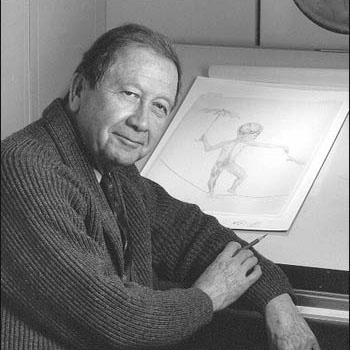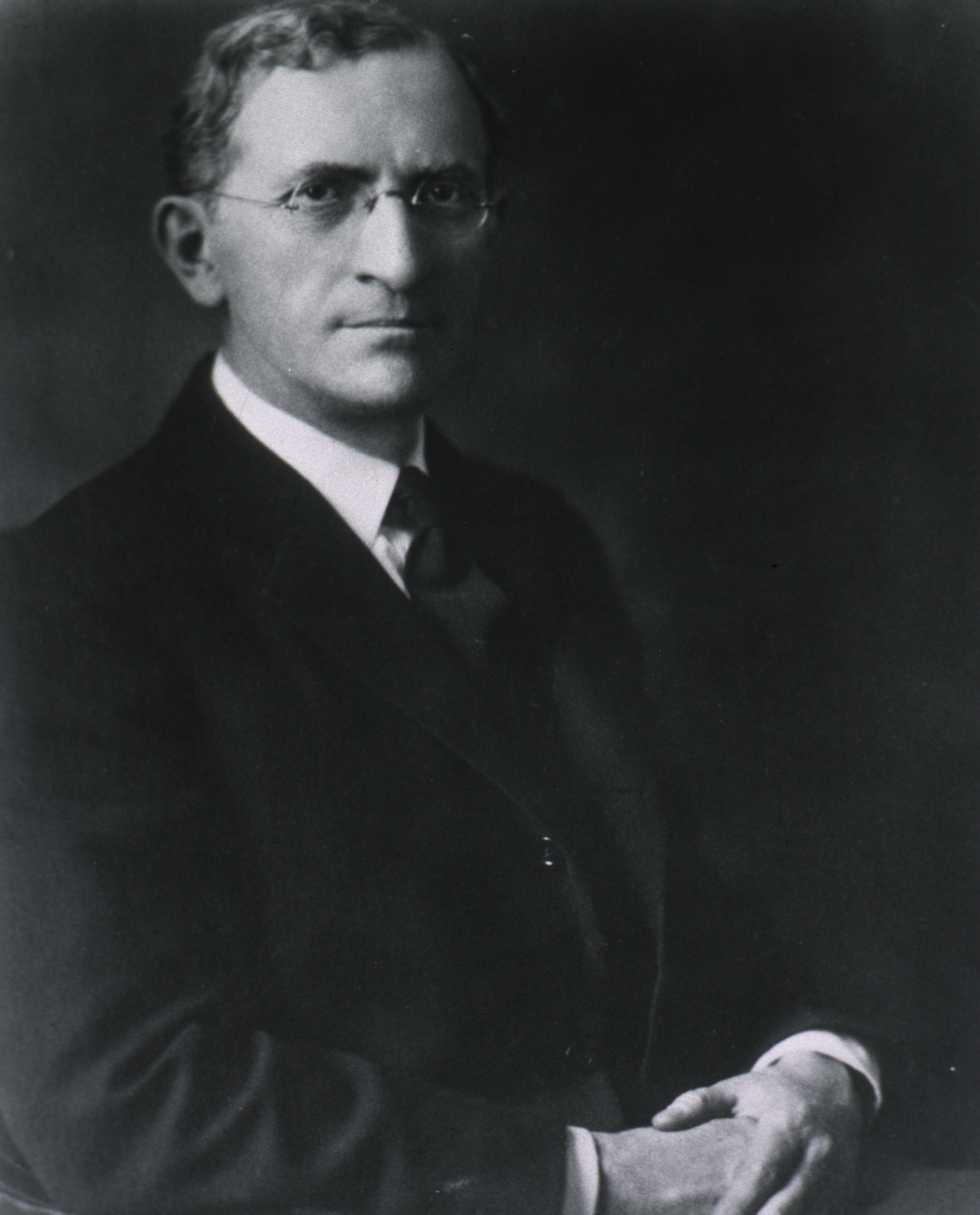...
The Office of NIH History and Stetten Museum maintains numerous exhibits, some physical and others online-only. Below is a list of our online-only exhibits about NIH people, objects, and scientific themes. For onsite exhibitions and displays, as well as their online component, refer to our Onsite Exhibits page.
| Table of Contents | ||||
|---|---|---|---|---|
|
People
| Div | |||
|---|---|---|---|
| |||
|
...
|
...
|
...
|
...
|
...
|
...
|
...
|
...
|
...
|
...
|
...
|
...
| Div | |||||
|---|---|---|---|---|---|
| |||||
|
...
|
...
|
...
|
...
|
...
|
...
|
...
|
...
|
| Div | |||||
|---|---|---|---|---|---|
| |||||
|
...
|
...
|
...
|
| Div | |||||
|---|---|---|---|---|---|
| |||||
|
...
|
...
|
...
|
...
| Div | |||||||||
|---|---|---|---|---|---|---|---|---|---|
| class | usa-grid
|
| Div | ||||||||||||||||
|---|---|---|---|---|---|---|---|---|---|---|---|---|---|---|---|---|
| width-one-third||||||||||||||||
Michael PotterThe Work of Michael PotterTo Potter, science was driven by curiosity, not competition, and the only goal was to answer questions about the nature of life. |
| Div | ||
|---|---|---|
| ||
Marshall NirenbergDeciphering the Genetic CodeThis exhibit explores the Nobel Prize-winning work of NHLBI's Marshall Nirenberg, who deciphered the genetic code in the early 1960s with the collaboration of his NIH colleagues. |
| class | usa-grid |
|---|
| class | usa-width-one-third |
|---|
The Stadtman Way
A Tale of Two Biochemists at NIH
Accomplished biochemists and beloved mentors, Thressa and Earl Stadtman have worked at NIH for more than half a century.| Div | ||
|---|---|---|
| ||
Santiago Ramon y CajalFather of Modern NeuroscienceSantiago Ramón y Cajal was the first to describe the nervous system, including neurons, in exquisite detail. His original drawings, as well as information about current NIH neuroscience, are on exhibit in NIH Building 35, the Porter Neuroscience Center. |
| Div | ||
|---|---|---|
| ||
Howard Bartner & 40 Years of Medical Illustration
|
| class | usa-grid |
|---|
| Div | ||
|---|---|---|
| ||
| Div | ||
| ||
| Div | ||
| ||
Human Genetics and Medical Research
|
| Div | ||
|---|---|---|
| ||
| Div | ||
|---|---|---|
| ||
Joseph Goldberger & the War on Pellagra |
| Div | ||
|---|---|---|
| ||
A History of the Pregnancy Test Kit |
...














